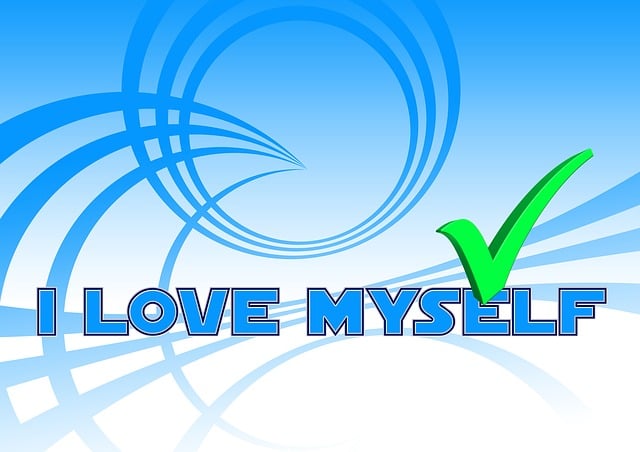Self-Exclusion Tools are digital solutions empowering individuals to manage and control their online gambling habits in today's 24/7 accessible environment, serving as vital resources for problem gamblers. By identifying triggers, tracking activities, setting limits, seeking peer support, and adopting healthier coping mechanisms, users can break free from addictive behaviors. Regular review and adjustment of these strategies are key as individual needs change. These tools have proven successful in various sectors, promoting responsible gaming and enhancing well-being, with promising future prospects through AI/machine learning integration for personalized interventions.
Self-exclusion tools have emerged as powerful strategies in managing compulsive behaviors. Understanding these tools is crucial, especially with the increasing demand for personalized digital well-being solutions. This article delves into the concept of self-exclusion tools, offering a comprehensive guide on their implementation and real-world applications. From success stories to future prospects, explore how these innovative strategies are revolutionizing behavior change and enhancing digital wellness.
- Understanding Self-Exclusion Tools: The Concept and Its Relevance
- Implementing Effective Self-Exclusion Strategies: A Step-by-Step Guide
- Real-World Applications: Success Stories and Future Prospects
Understanding Self-Exclusion Tools: The Concept and Its Relevance

Self-Exclusion Tools are innovative strategies designed to empower individuals in managing their relationship with gambling. The concept revolves around enabling people to voluntarily restrict or prohibit themselves from engaging in gambling activities, offering a proactive approach to responsible gaming. This is particularly relevant in today’s digital age where access to online gambling platforms is readily available 24/7. By implementing self-exclusion tools, individuals can take control of their spending, time, and overall well-being.
These tools provide various mechanisms such as setting deposit limits, taking breaks from gaming, or even permanently blocking access to specific websites. They serve as a crucial resource for problem gamblers looking to break free from addictive behaviors, helping them avoid the temptations that may lead to excessive gambling. With the rise of remote gambling, having these tools at one’s disposal is essential for maintaining balance and ensuring gambling remains a form of entertainment rather than an obsession.
Implementing Effective Self-Exclusion Strategies: A Step-by-Step Guide

Implementing Effective Self-Exclusion Strategies: A Step-by-Step Guide
The first step in developing effective self-exclusion tools is to identify triggers and risks. This involves a thorough understanding of personal gambling habits, vulnerabilities, and environmental factors that encourage excessive play. Keep a journal to track betting activities, emotions, and surroundings during gaming sessions for insights into specific triggers. Once identified, individuals can begin implementing personalized strategies tailored to their unique needs.
These strategies can include setting clear limits on time, money, or bet sizes, utilizing self-exclusion tools offered by gambling platforms (e.g., deposit limits, loss limits), seeking support from peer groups or counseling services, and adopting healthier coping mechanisms for managing stress or boredom. Regularly reviewing and adjusting these strategies is crucial as individual circumstances and triggers may evolve over time.
Real-World Applications: Success Stories and Future Prospects

Self-Exclusion Tools have found real-world applications across various sectors, offering innovative solutions to address pressing issues. These tools have been instrumental in promoting responsible gaming and gambling, enabling individuals to voluntarily restrict their access to online platforms during periods of personal struggle or as a preventative measure. Success stories abound, with numerous users crediting these tools with helping them regain control over their habits, reducing problematic behavior, and enhancing overall well-being.
Looking ahead, the future prospects for Self-Exclusion Tools appear promising. With the digital landscape constantly evolving, these tools are being integrated into more platforms, expanding their reach and impact. As technology advances, artificial intelligence and machine learning can further enhance their effectiveness, allowing for more personalized experiences and tailored interventions. This not only improves user engagement but also contributes to a healthier and more sustainable digital environment.
Self-exclusion tools have emerged as powerful strategies for individuals seeking to manage their digital habits and well-being. By understanding the concept and implementing effective guidelines, as outlined in this article, people can take control of their online behavior and create a healthier balance. Real-world success stories demonstrate the potential for these tools to revolutionize personal productivity and mental health. As technology advances, further exploration and development of self-exclusion strategies will undoubtedly enhance our ability to navigate the digital realm mindfully and efficiently.






